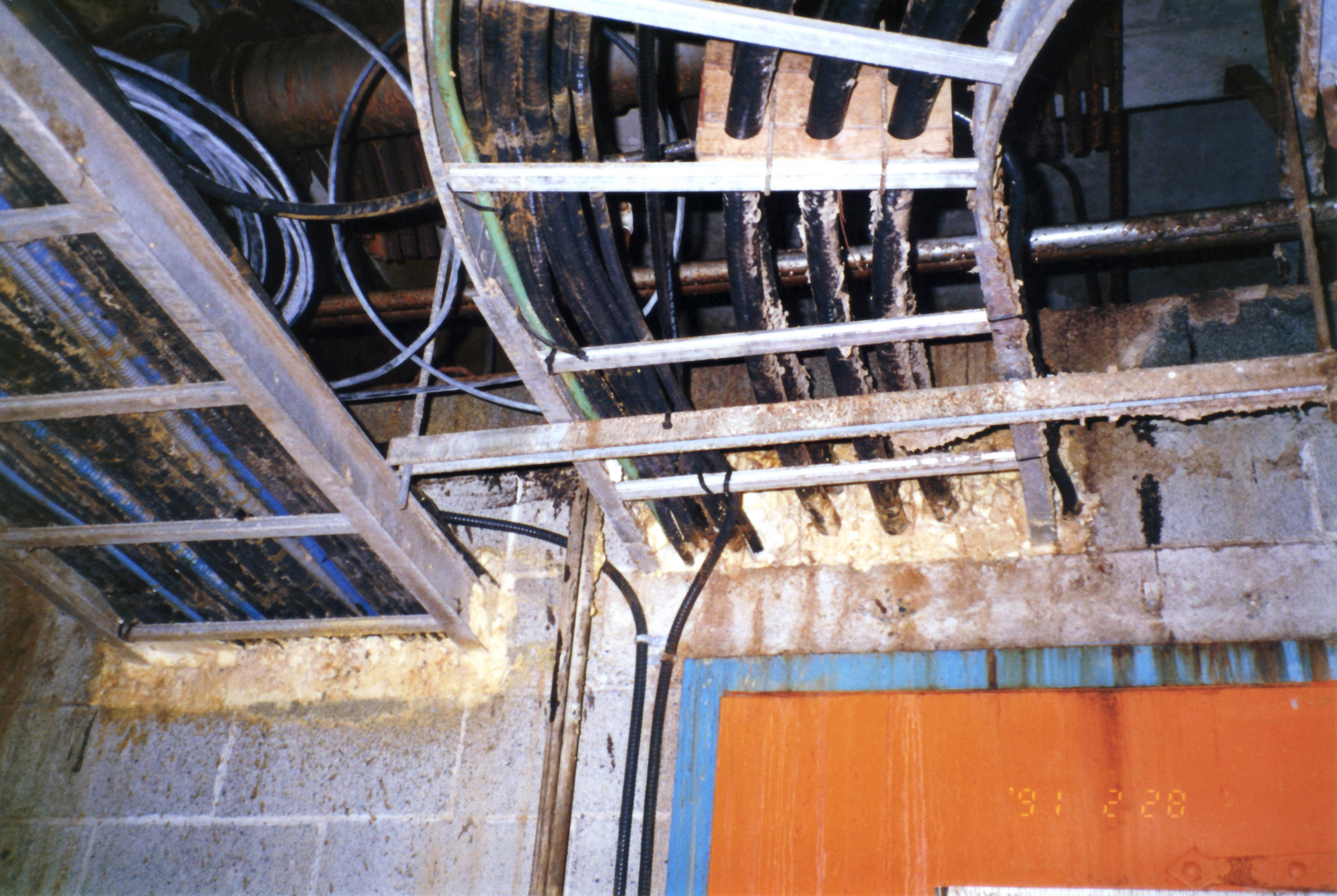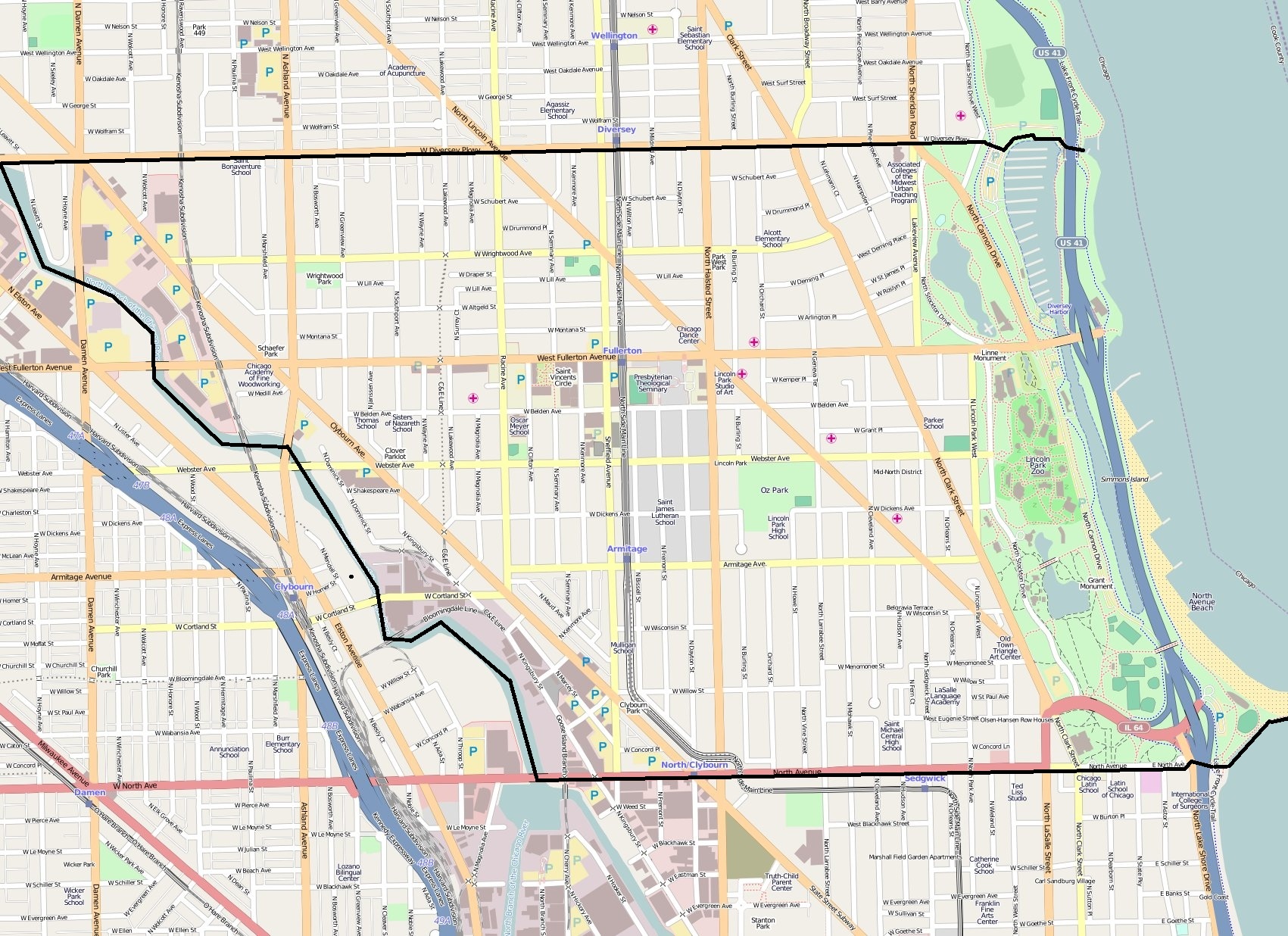|
Porch Collapse
Porch collapse or balcony collapse is a phenomenon typically associated with older or poorly constructed multi-storey apartment buildings that have wooden porch extensions on the front or rear of the building. The collapses have a number of causes, including overloading due to excessive weight from overoccupancy (too many people). Overoccupancy can result from guests filling a porch at a party, from people seeking cooler breezes during a heat wave, or from people filling a porch while seeking shelter from the rain. It may be from the weight of furniture/appliances, wading pools, or air conditioner compressors. After years of rain and snow, it may be from rotted wood, soil subsidence under the porch foundation, rust of nails and fasteners, and not being built to specifications required by modern-day building codes. Many older porches were built before codes required them to be able to support a legally mandated load of so many pounds per square foot or metre, and porches are often not ... [...More Info...] [...Related Items...] OR: [Wikipedia] [Google] [Baidu] |
Apartment Building
An apartment (American English), or flat (British English, Indian English, South African English), is a self-contained housing unit (a type of residential real estate) that occupies part of a building, generally on a single story. There are many names for these overall buildings, see below. The housing tenure of apartments also varies considerably, from large-scale public housing, to owner occupancy within what is legally a condominium (strata title or commonhold), to tenants renting from a private landlord (see leasehold estate). Terminology The term ''apartment'' is favored in North America (although in some cities ''flat'' is used for a unit which is part of a house containing two or three units, typically one to a floor). In the UK, the term ''apartment'' is more usual in professional real estate and architectural circles where otherwise the term ''flat'' is used commonly, but not exclusively, for an apartment on a single level (hence a 'flat' apartment). In some co ... [...More Info...] [...Related Items...] OR: [Wikipedia] [Google] [Baidu] |
Porch
A porch (from Old French ''porche'', from Latin ''porticus'' "colonnade", from ''porta'' "passage") is a room or gallery located in front of an entrance of a building. A porch is placed in front of the facade of a building it commands, and forms a low front. Alternatively, it may be a vestibule, or a projecting building that houses the entrance door of a building. Porches exist in both religious and secular architecture. There are various styles of porches, many of which depend on the architectural tradition of its location. Porches allow for sufficient space for a person to comfortably pause before entering or after exiting a building, or to relax on. Many porches are open on the outward side with balustrade supported by balusters that usually encircles the entire porch except where stairs are found. The word "porch" is almost exclusively used for a structure that is outside the main walls of a building or house. Porches can exist under the same roof line as the rest of the ... [...More Info...] [...Related Items...] OR: [Wikipedia] [Google] [Baidu] |
Subsidence
Subsidence is a general term for downward vertical movement of the Earth's surface, which can be caused by both natural processes and human activities. Subsidence involves little or no horizontal movement, which distinguishes it from slope movement. Processes that lead to subsidence include dissolution of underlying carbonate rock by groundwater; gradual compaction of sediments; withdrawal of fluid lava from beneath a solidified crust of rock; mining; pumping of subsurface fluids, such as groundwater or petroleum; or warping of the Earth's crust by tectonic forces. Subsidence resulting from tectonic deformation of the crust is known as tectonic subsidence and can create accommodation for sediments to accumulate and eventually lithify into sedimentary rock. Ground subsidence is of global concern to geologists, geotechnical engineers, surveyors, engineers, urban planners, landowners, and the public in general.National Research Council, 1991. ''Mitigating losses from land subsi ... [...More Info...] [...Related Items...] OR: [Wikipedia] [Google] [Baidu] |
Building Code
A building code (also building control or building regulations) is a set of rules that specify the standards for constructed objects such as buildings and non-building structures. Buildings must conform to the code to obtain planning permission, usually from a local council. The main purpose of building codes is to protect public health, safety and general welfare as they relate to the construction and occupancy of buildings and structures. The building code becomes law of a particular jurisdiction when formally enacted by the appropriate governmental or private authority. Building codes are generally intended to be applied by architects, engineers, interior designers, constructors and regulators but are also used for various purposes by safety inspectors, environmental scientists, real estate developers, subcontractors, manufacturers of building products and materials, insurance companies, facility managers, tenants, and others. Codes regulate the design and construction of s ... [...More Info...] [...Related Items...] OR: [Wikipedia] [Google] [Baidu] |
Stanley Tigerman
Stanley Tigerman (September 20, 1930 – June 3, 2019) was an American architect, theorist and designer. Biography Early years Tigerman was born into a Jewish family, the only child of Emma (Stern), a typist for the federal government, and Samuel Tigerman, an engineer whose career struggled by the Depression.Chicago Reader: "Can Stanley Tigerman Play Nice? - The legendarily combative architect is trying to keep his cool as he works toward what may be the crowning achievement of his career" By Mara Tapp November 20, 2013 He grew up in his paternal grandparents' boardinghouse in |
Alley
An alley or alleyway is a narrow lane, path, or passageway, often reserved for pedestrians, which usually runs between, behind, or within buildings in the older parts of towns and cities. It is also a rear access or service road (back lane), or a path, walk, or avenue (French allée) in a park or garden. A covered alley or passageway, often with shops, may be called an arcade. The origin of the word alley is late Middle English, from fro, alee "walking or passage", from ' "to go", from la, ambulare "to walk". Definition The word alley is used in two main ways: # It can refer to a narrow, usually paved, pedestrian path, often between the walls of buildings in towns and cities. This type is usually short and straight, and on steep ground can consist partially or entirely of steps. # It also describes a very narrow, urban street, or lane, usually paved, which may be used by slow-moving local traffic, though more pedestrian-friendly than a regular street. There are two ... [...More Info...] [...Related Items...] OR: [Wikipedia] [Google] [Baidu] |
2003 Chicago Balcony Collapse
On June 29, 2003, the deadliest porch collapse in United States history occurred in Chicago. An overloaded balcony collapsed during a party in an apartment building, killing thirteen people and seriously injuring fifty-seven others. The ensuing investigation was highly critical of the way the balcony was built, finding a large number of errors in its construction which ultimately resulted in the collapse. However, the building's owner, LG Properties, and its president, Philip Pappas, continues to blame overcrowding on the balcony for its complete structural failure, although he has taken steps to strengthen the balconies at other properties to prevent a recurrence of the disaster. The accident resulted in sweeping inspections of similar structures across Chicago, with 1,260 cases being acted on by the city authorities. Background The porch was attached to the rear of an apartment building located in the Lincoln Park neighborhood of the city's North Side. [...More Info...] [...Related Items...] OR: [Wikipedia] [Google] [Baidu] |
Lincoln Park, Chicago
Lincoln Park is a designated community area on the North Side of Chicago, Illinois. Lying to the west of Lincoln Park, Chicago's largest park, it is one of the most affluent neighborhoods in Chicago. History In 1824, the United States Army built a small post near today's Clybourn Avenue and Armitage Avenue (formerly Centre Street). Native American settlements existed along Green Bay Trail, now called Clark Street (named after George Rogers Clark), at the current intersection of Halsted Street and Fullerton Avenue. Before Green Bay Trail became Clark Street, it stretched as far as Green Bay, Wisconsin, including Sheridan Road, and was part of what still is Green Bay Road in Milwaukee County, Wisconsin. In 1836, land from North to Fullerton and from the lake to Halsted was relatively inexpensive, costing $150 per acre ($370 ha) (1836 prices, not adjusted for inflation). Because the area was considered remote, a smallpox hospital and the city cemetery were located in Linc ... [...More Info...] [...Related Items...] OR: [Wikipedia] [Google] [Baidu] |
The Show Must Go On (ER)
"The Show Must Go On" is the 245th episode of the American television series '' ER''. The episode aired on May 19, 2005 on NBC. Plot synopsis Dr. John Carter is back in the States to wrap up his affairs. He purchases half a dozen pizzas for the ER staff, as well as some refreshments. He also treats a patient who has injured her wrist. Ray is dealing with whether he wants to go into his residency as a doctor. Dr. Archie Morris and Dr. Ray Barnett leave for another party. This party is held on several floors in the back of an apartment building on the balconies at each level. Morris promptly becomes intoxicated, and begins vomiting. Barnett goes to help him. Suddenly the porches collapse, one on top of each other. Carter then leaves with Dr. Kovač for his "surprise" farewell party, where most of the attending doctors and his friends are waiting for him. County General then stops accepting trauma patients after further problems with the sewer pipes in the hospital leav ... [...More Info...] [...Related Items...] OR: [Wikipedia] [Google] [Baidu] |
Ottawa
Ottawa (, ; Canadian French: ) is the capital city of Canada. It is located at the confluence of the Ottawa River and the Rideau River in the southern portion of the province of Ontario. Ottawa borders Gatineau, Quebec, and forms the core of the Ottawa–Gatineau census metropolitan area (CMA) and the National Capital Region (NCR). Ottawa had a city population of 1,017,449 and a metropolitan population of 1,488,307, making it the fourth-largest city and fourth-largest metropolitan area in Canada. Ottawa is the political centre of Canada and headquarters to the federal government. The city houses numerous foreign embassies, key buildings, organizations, and institutions of Canada's government, including the Parliament of Canada, the Supreme Court, the residence of Canada's viceroy, and Office of the Prime Minister. Founded in 1826 as Bytown, and incorporated as Ottawa in 1855, its original boundaries were expanded through numerous annexations and were ultimately ... [...More Info...] [...Related Items...] OR: [Wikipedia] [Google] [Baidu] |
Deck (building)
In architecture, a deck is a flat surface capable of supporting weight, similar to a floor, but typically constructed outdoors, often elevated from the ground, and usually connected to a building. The term is a generalization from the deck of a ship. A level architectural deck may be intended for use by people, e.g., what in the UK is usually called a decked patio. "Roof deck" refers to the flat layer of construction materials to which the weather impervious layers are attached to a form a roof. It is known as the "roof deck", and they may be either level (for a "flat" rooftop) or sloped. Functions and materials Wood or timber decking can be used in a number of ways: as part of garden landscaping, to extend the living area of a house, and as an alternative to stone-based features such as patios. Decks are made from treated lumber, composite lumber, composite material, and aluminum. Lumber may be western red cedar, teak, mahogany, ipê, reclaimed and recycled ulin and ot ... [...More Info...] [...Related Items...] OR: [Wikipedia] [Google] [Baidu] |



.jpg)

